If completing a sportive is next on the list of your cycling goals or you don’t know what one is, you’ve come to the right place.
Our comprehensive guide to sportives will help you choose the right event, train correctly, nail your nutrition and enjoy the ride itself as much as possible.
We also share tips on which bike you should ride and how to set it up correctly for long-distance riding.
What is a sportive?

A sportive is an organised, mass-participation bike ride you pay to enter. Sportives are also known as gran fondos (from the Italian for ‘big ride’) and cyclosportives.
The route will be signposted on roads usually open to non-event traffic.
In some sportives, police stop drivers at junctions and major road crossings to let you through.
Your entry fee will include food and drinks at feed stations and occasionally a post-ride meal and massage.
Unlike an audax, sportive events are supported, meaning there’ll be mechanical and medical assistance on hand.
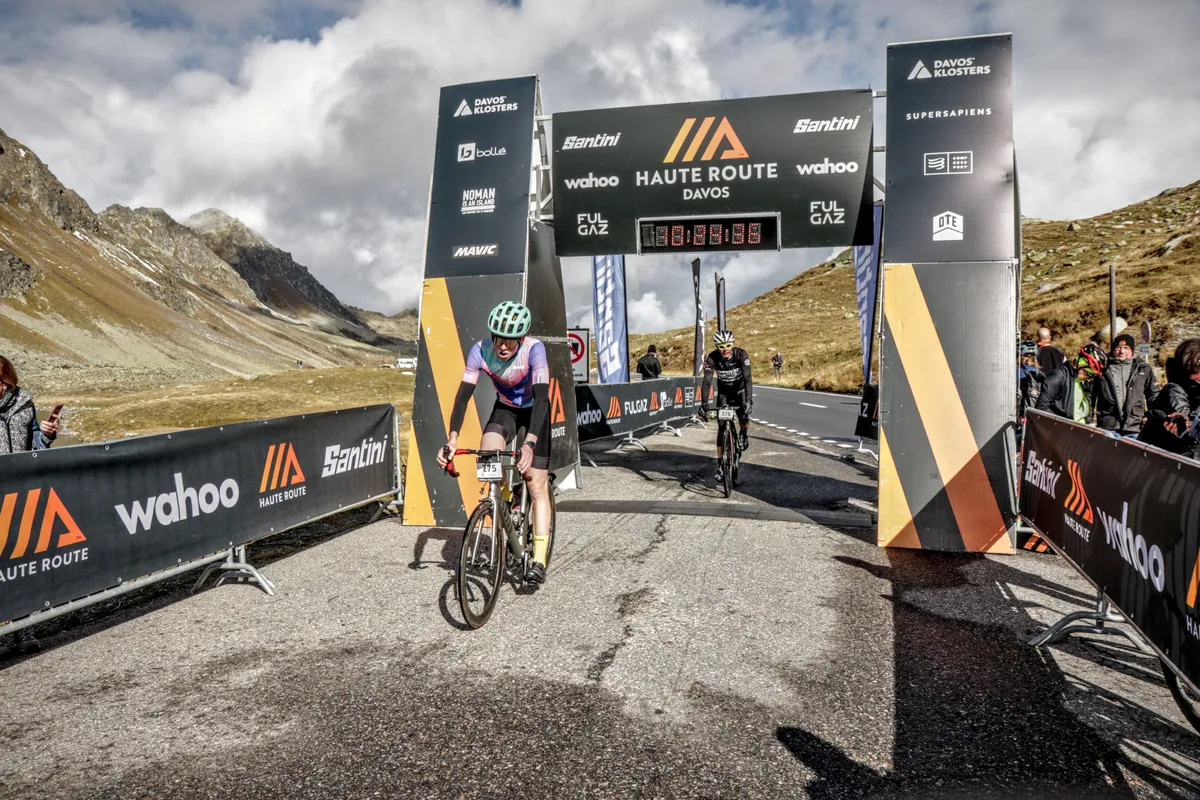
Although cycling sportives often use chip-timing to record your time, they’re not meant to be competitive, so you won’t get a placing.
However, some sportives do have timed sections, for example on climbs, where you'll be ranked by time.
European gran fondos, or cyclosportives, turn into races among the fastest riders. The UCI Gran Fondo World Championships is a competitive event for amateur riders.
How to choose a sportive

When you pick a sportive, you have a choice of distances, difficulties and locations.
Sportives range in length from 50km up to 300km and beyond. Larger events, such as the Dragon Ride in Wales, offer a choice of routes.
Some sportives are pan-flat while others, such as the Fred Whitton, are feared for their ferociously steep climbs.
It's a good idea to sign up for shorter and easier cyclosportives, ideally close to where you live, to begin.
Riding to the start at a leisurely hour is much less stressful than travelling to an unfamiliar location at the crack of dawn.
It’s also cheaper, better for the environment and supports your local cycling scene.
If it appeals to you, you can then enter a more glamorous and expensive European gran fondo when you’re more experienced.
What bike do I need for a sportive?

The best endurance road bikes are designed to help you cover long distances quickly and comfortably. These characteristics make them ideal for sportives.
In fact, endurance road bikes used to be called sportive bikes and some people still use this term.
If you’re willing to sacrifice a bit of comfort, one of the best road bikes for climbing or aerodynamics could save you time depending on the sportive's terrain.
But there’s no need to splash out on a new bike to ride a sportive. Your commuter bike could be fine as long as it has adequate gear range.
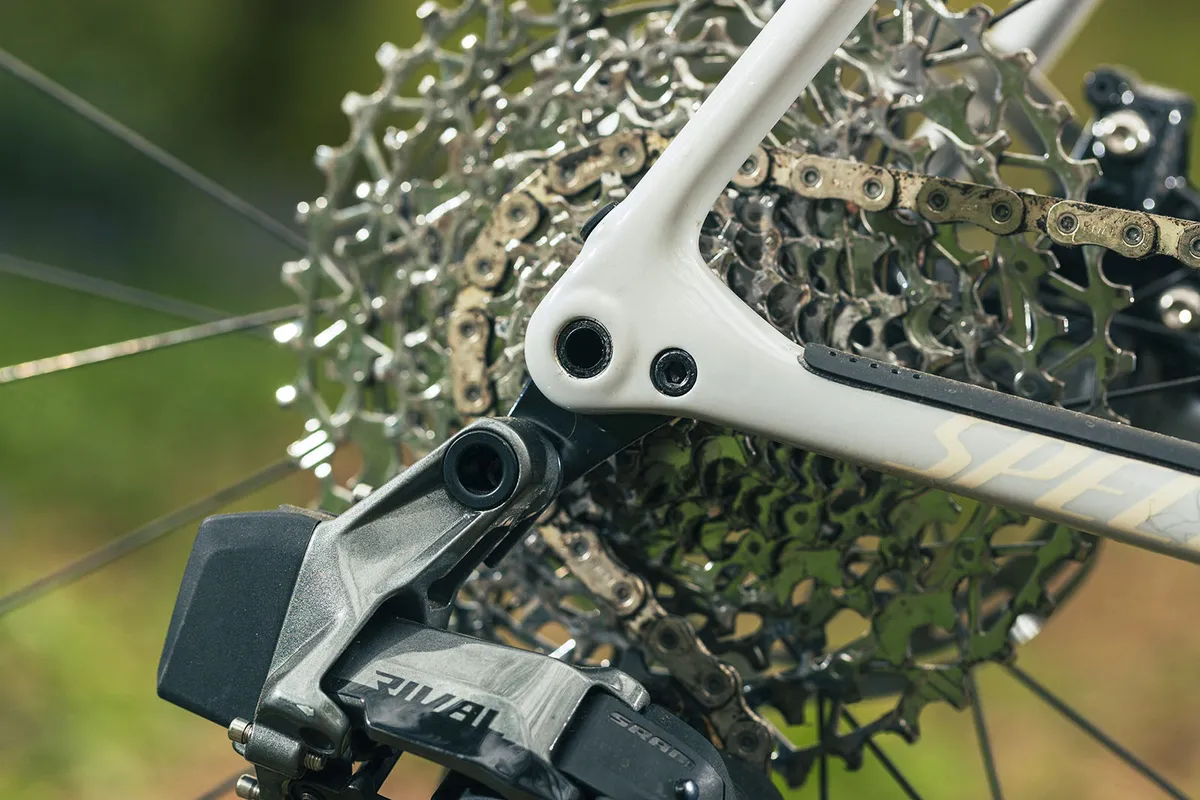
Swapping in a set of road bike wheels or road bike tyres could turn the gravel bike you already own into a decent sportive bike.
More and more riders choose gravel bike gearing for hillier gran fondos to make a 20 per cent after 150km a little easier.
Avoid riding a hybrid or mountain bike in road sportives. Their upright, non-aerodynamic riding position and heavier, slower tyres will cost you more energy.
How to prepare for a sportive

An improper bike fit leads to the most common types of pain caused by cycling.
So before tackling a challenging sportive, ensure your road bike position is right for you.
Even if you think you know your road bike geometry back to front, a professional bike fit could be well worth the investment.

Mechanical assistance is on hand in some cyclosportives. However, you should still carry spares, such as inner tubes and a pump to reinflate your tyre after fixing a puncture.
Prevention is better than cure, so it’s better to safety check your bike yourself, or have it professionally serviced before the ride.
Consider replacing the chain and changing the rim or disc brake pads, especially if you’ll be descending a lot.
What to eat and drink on a sportive

Riding a sportive can burn thousands of calories. A large proportion will come from carbohydrates, of which your body has a limited supply.
To preserve these glycogen stores and avoid bonking, ensure they are topped up.
Heavy carb-loading isn’t necessary for a single-day ride.
Eating a higher-than-usual proportion of carbohydrates the day before the event, after reducing training volume in the preceding week is sufficient.
During the ride, consume small, regular amounts of carbohydrates.
‘Real foods’, such as jam sandwiches and boiled potatoes, are fine early on when your level of exertion is low.
As you work harder, your stomach will struggle to break down solid foods.
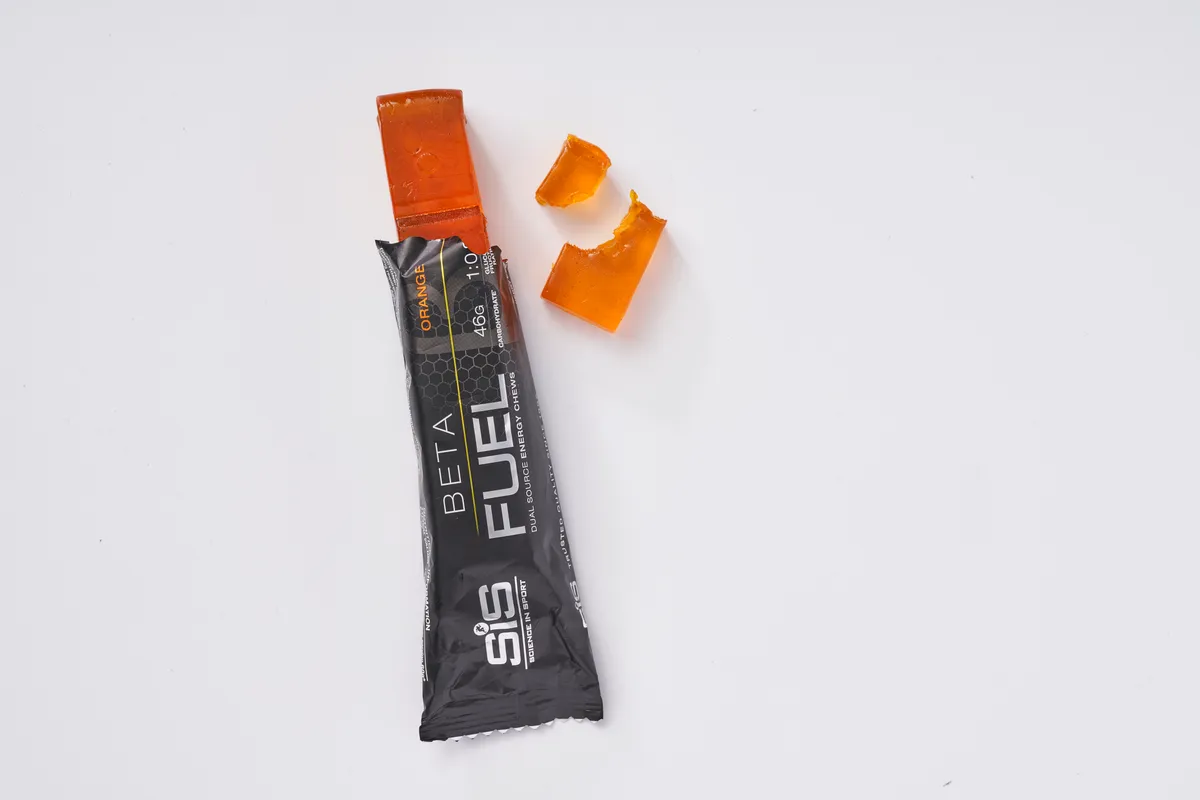
Simpler, more readily digestible carbohydrate sources, such as sweets and sports nutrition products, come into their own in the latter stages.
Depending on the distance of your sportive and the intensity you intend to ride at, aim to ingest 60g to 90g of carbohydrates an hour.
This equates to two to three energy gels or bars, or one washed down with a bottle of medium-carb energy drink.
Use your training rides to familiarise your stomach with what and how much you’ll consume during the event.
Check which products will be stocked at the feed stations. If they don’t work for you, bring your own.
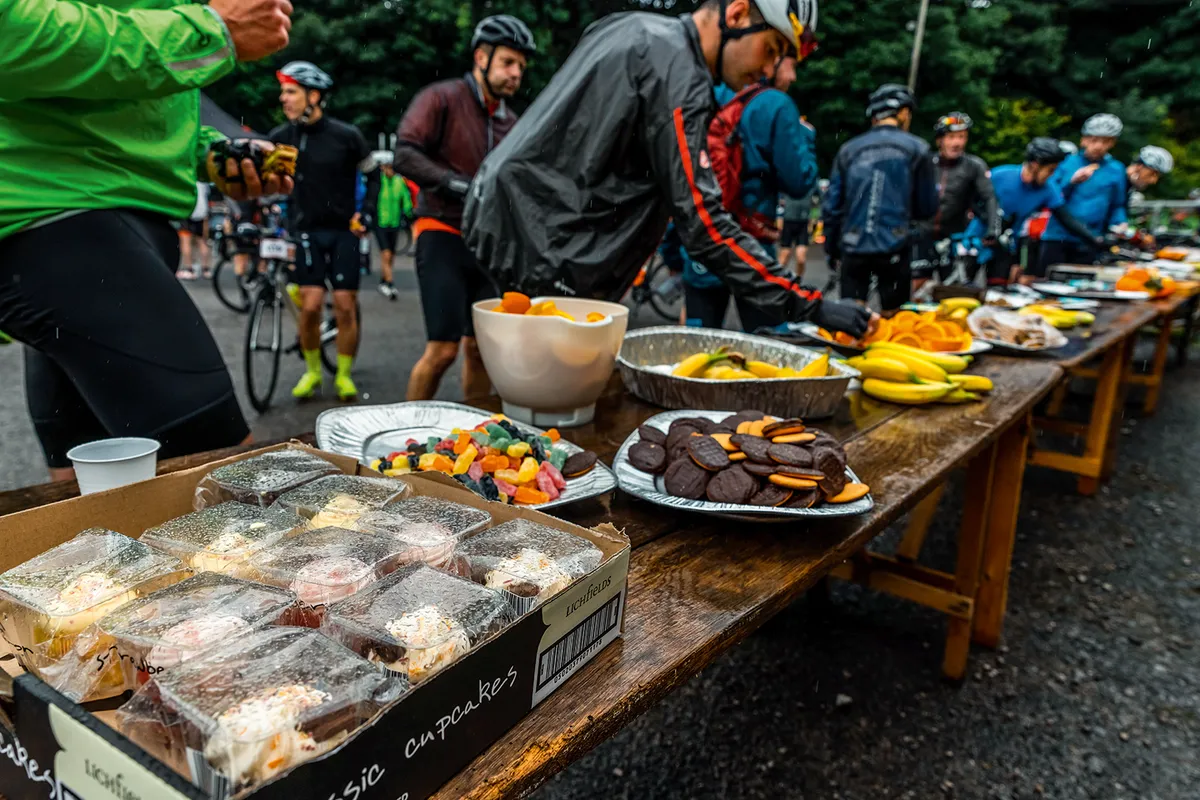
As tempting as they may be, steer clear of fatty, baked goods at feed stops. The same goes for high-protein foods. Because they are hard to digest while riding, particularly uphill, these are likely to cause GI issues.
A good guideline is to carry two water bottles on your bike: one filled with plain water, the other with energy drink or electrolytes.
Drinking to thirst, rather than a set amount per hour, should ensure you stay hydrated.
Once you've finished, if you don't feel like eating a full meal, a recovery drink for cycling is a good idea.
How to pace a sportive
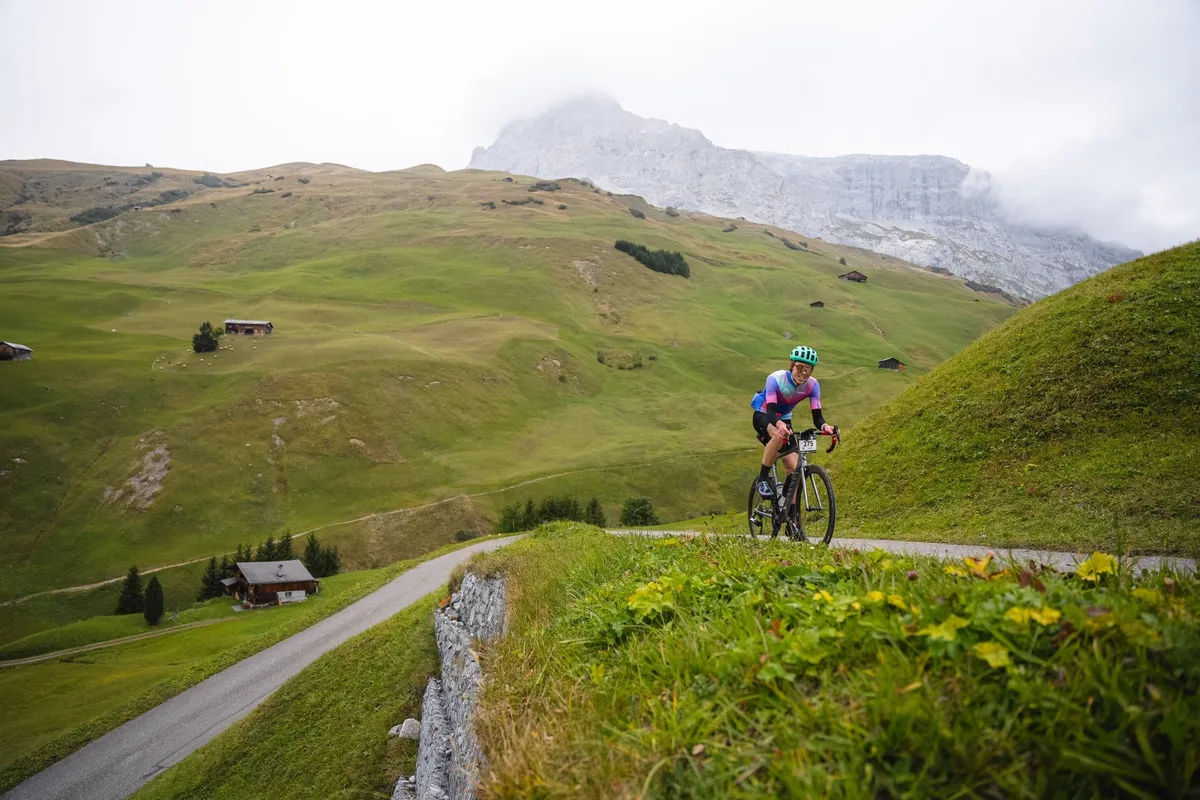
Everyone needs to pace a sportive, not just those who want to record a fast time. Time cut-offs mean you can't ride as slow as you like at the back.
Starting so hard you fade towards the end and see stars on the final climb is not a fun experience.
You can pace yourself by riding to power, heart rate or feel, also known as rate of perceived exertion (RPE).
Used in isolation, each has its limitations. In an ideal world, you’ll use a combination of all three.
For example, on a worse day, your heart rate monitor might show you’re working harder than your power meter suggests. You might need to back off the pace.
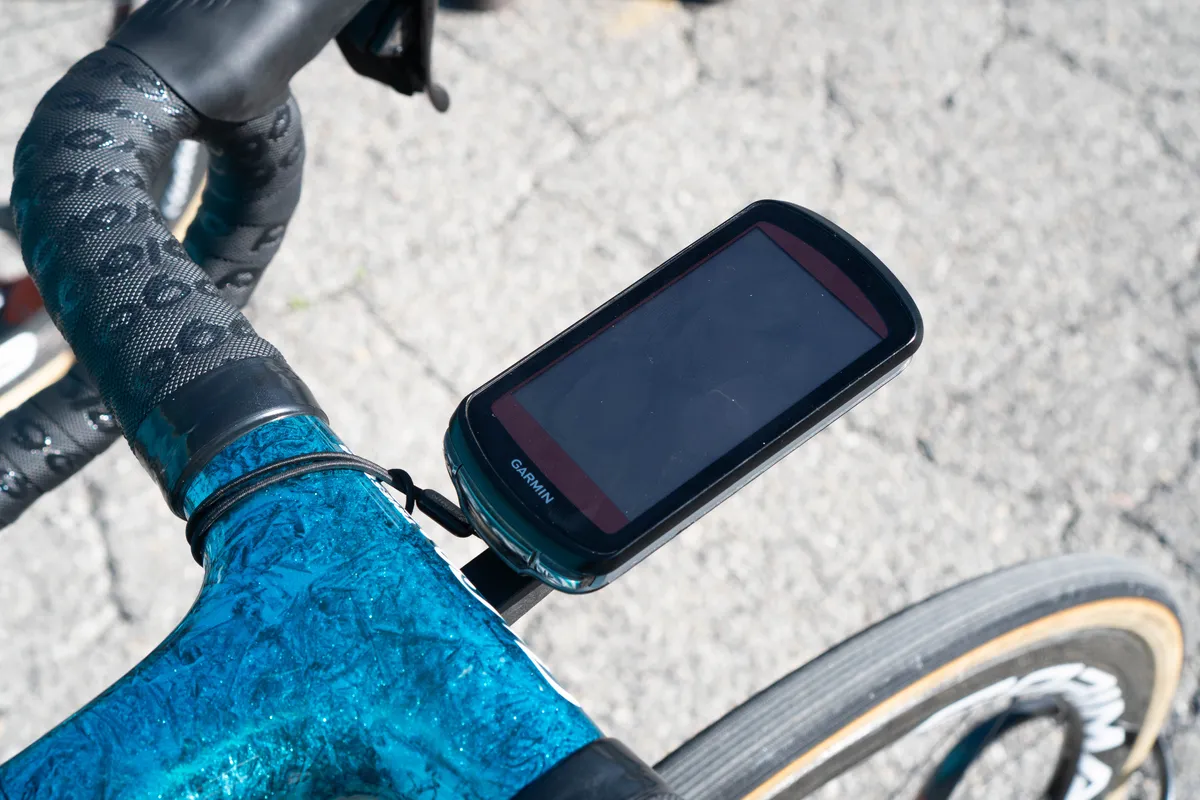
Hopefully, though, your training will pay off and you’ll be so comfortable at your target average power you’re able to push harder.
Also consider the finale: is it 20km downhill or will you need to hold plenty back for a testing 20km ascent?
Whichever pacing method you use, try not to ‘surge’ (increasing your effort only to have to slow down). This could be unavoidable into stiff headwinds and up steep gradients.
Elsewhere, stay below zone 4 of your heart-rate and power training zones or 6/10 (with 10 being all-out) on an RPE scale.
Where to find a sportive

We’d suggest using a combination of websites, social media, cycling apps and word of mouth to find sportives.
In the UK, some sportive events are listed on websites, such as British Cycling’s.
You may see that someone you follow on Instagram or Strava has completed a gran fondo that you’d like to enter next year.
Or a fellow club member might personally recommend an event. If you’re lucky, your own club might organise or support a sportive itself.
Sportive training tips
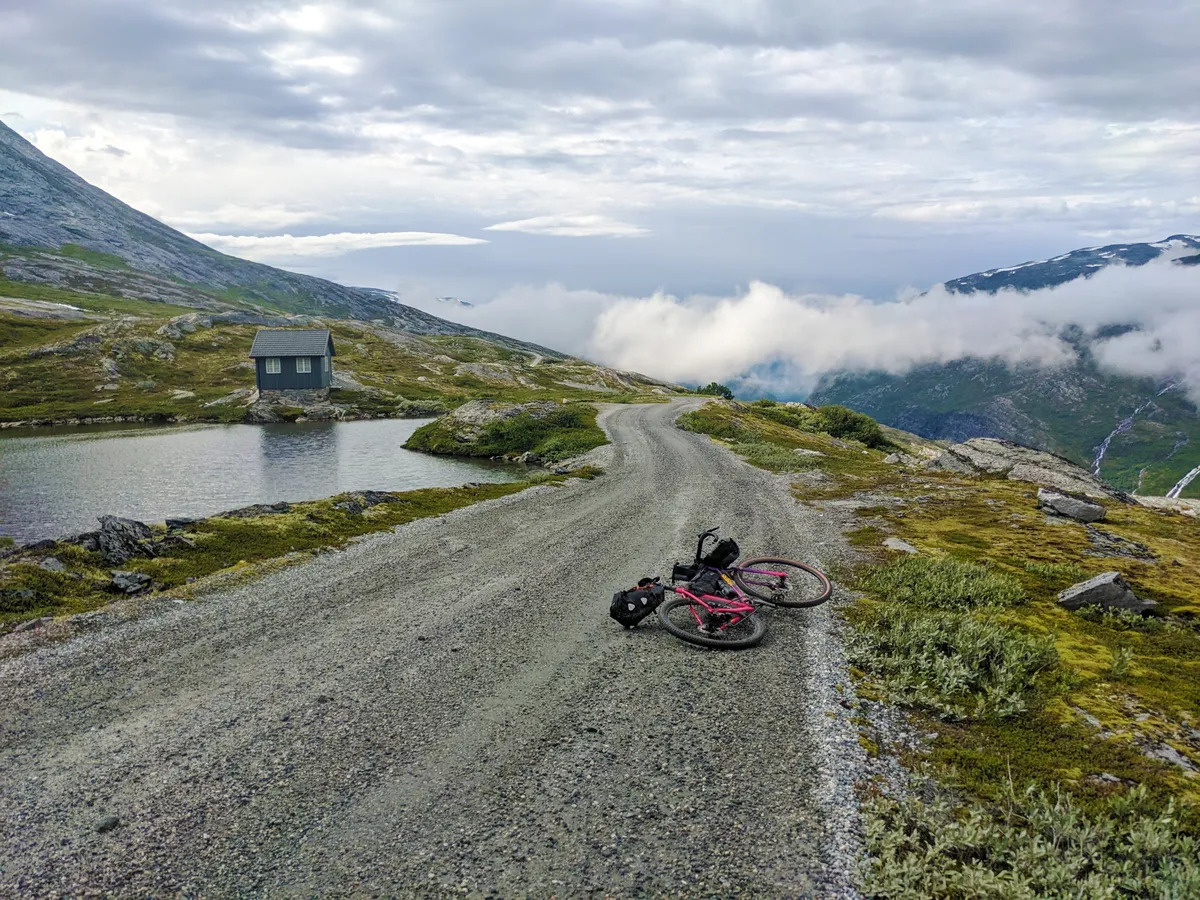
Completing a cyclosportif often requires you to ride 100 miles or further for the first time.
As a result, your sportive training plan should include plenty of base miles (long, slow riding) to improve your cycling endurance.
Particularly if you want to get fit fast, throw tempo riding and sweetspot training into the mix.

Combine this muscular endurance training with Functional Threshold Power intervals to raise your FTP. This will improve your climbing and enable you to hold a higher pace on the flat.
The higher your average speed in a sportive, the less time you spend out on the road.
A road gran fondo isn’t as technical as a gravel race or cross-country mountain bike race. However, you should balance indoor and outdoor cycling to develop your bike-handling skills.
On mountainous routes, you’ll have to descend safely from the top of climbs. In any mass-participation event, you need to know how to ride in a group and corner confidently.
